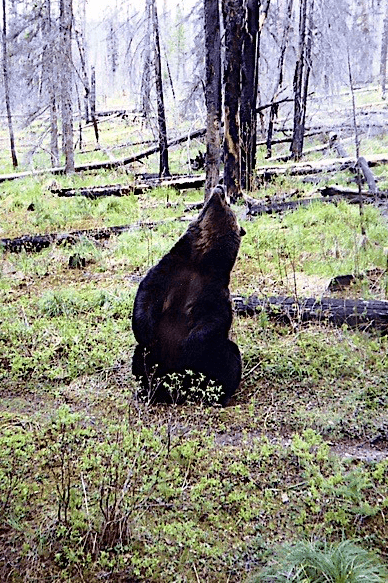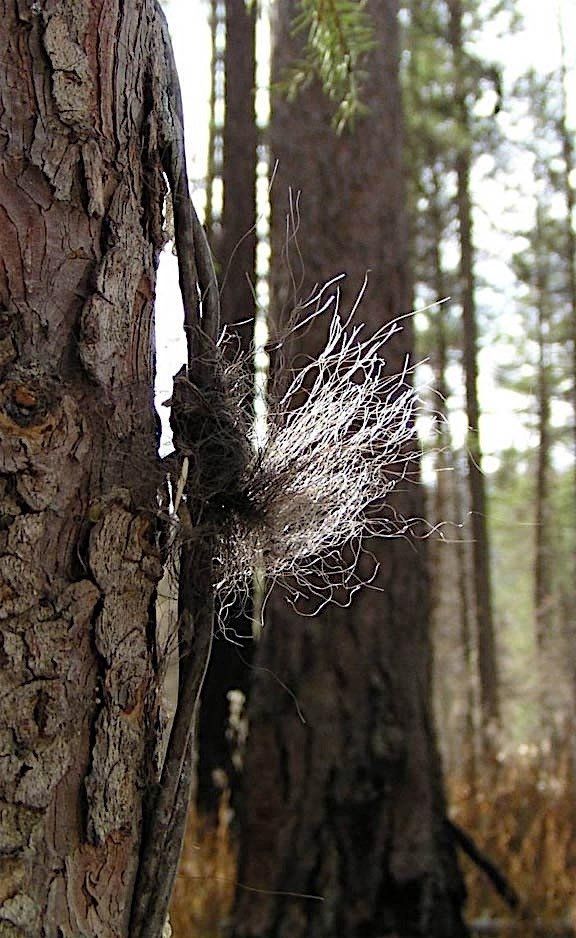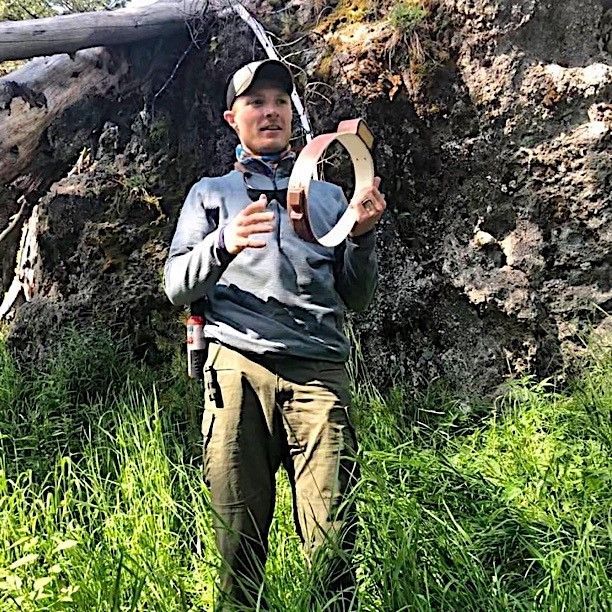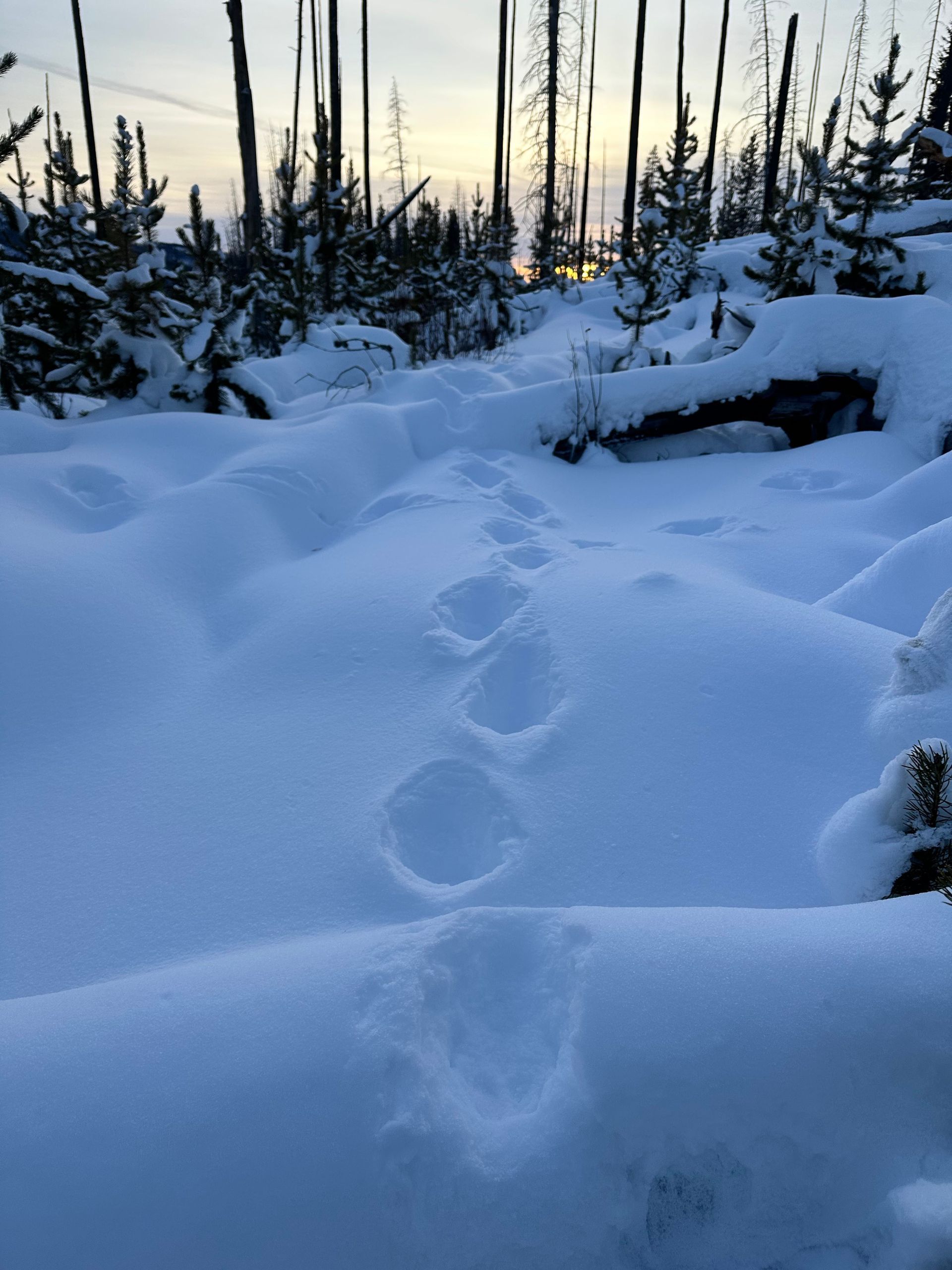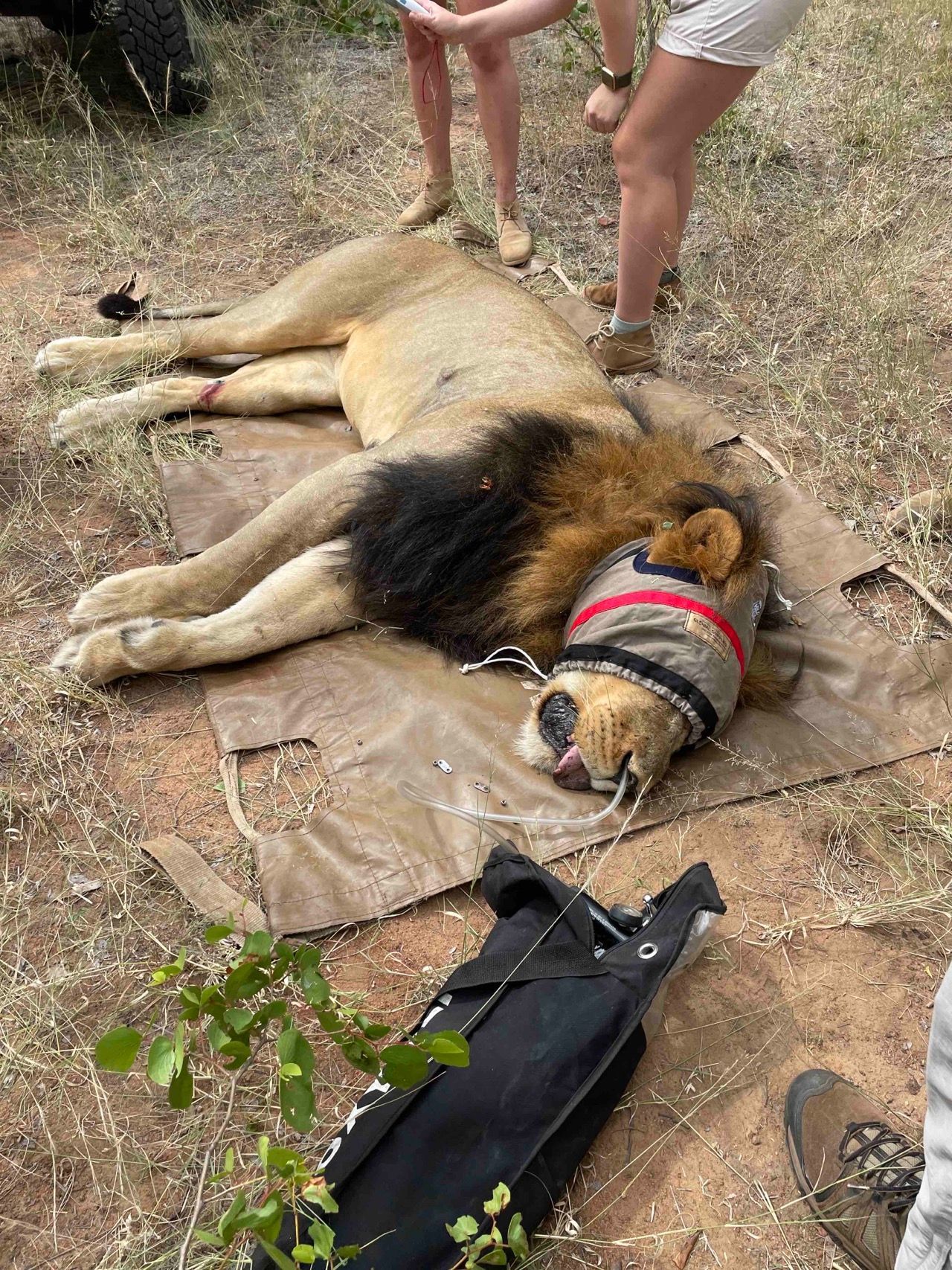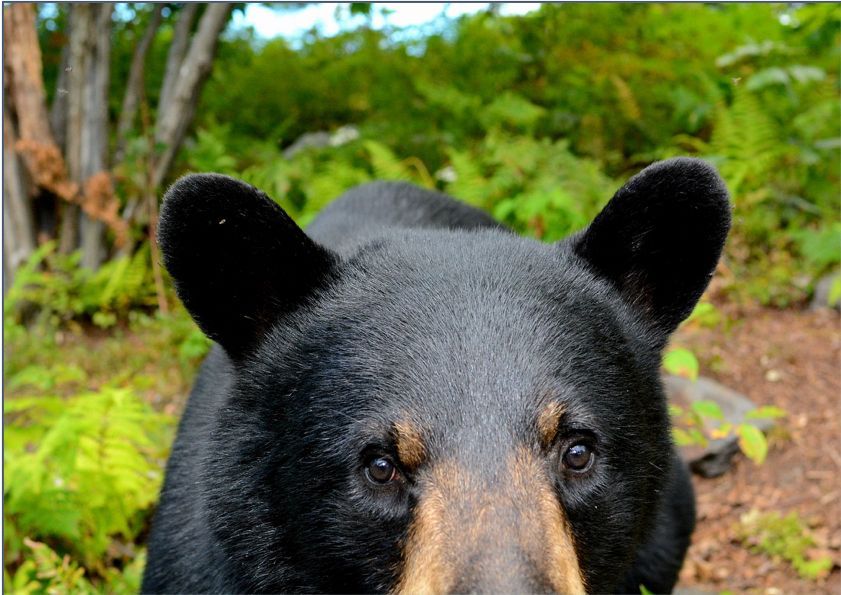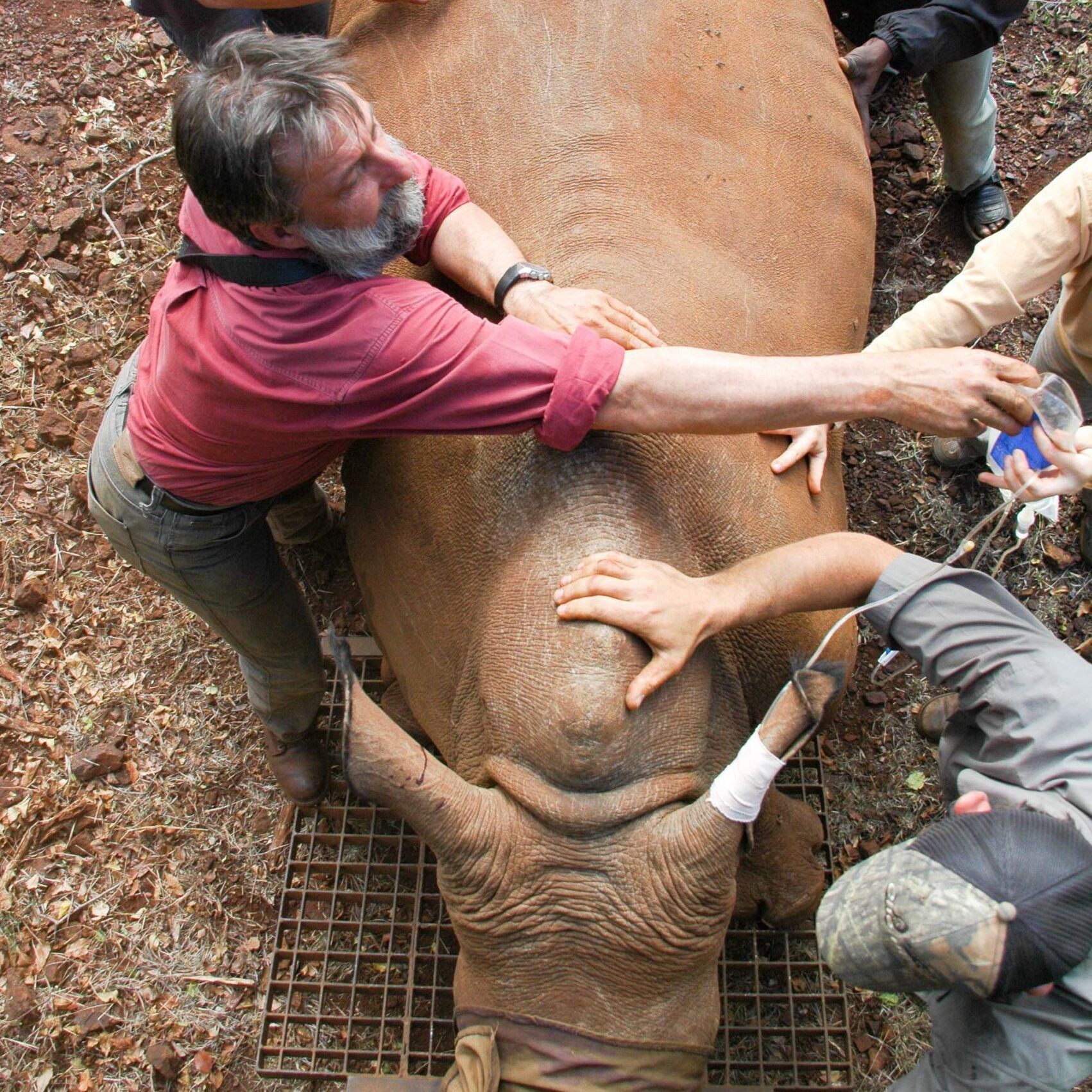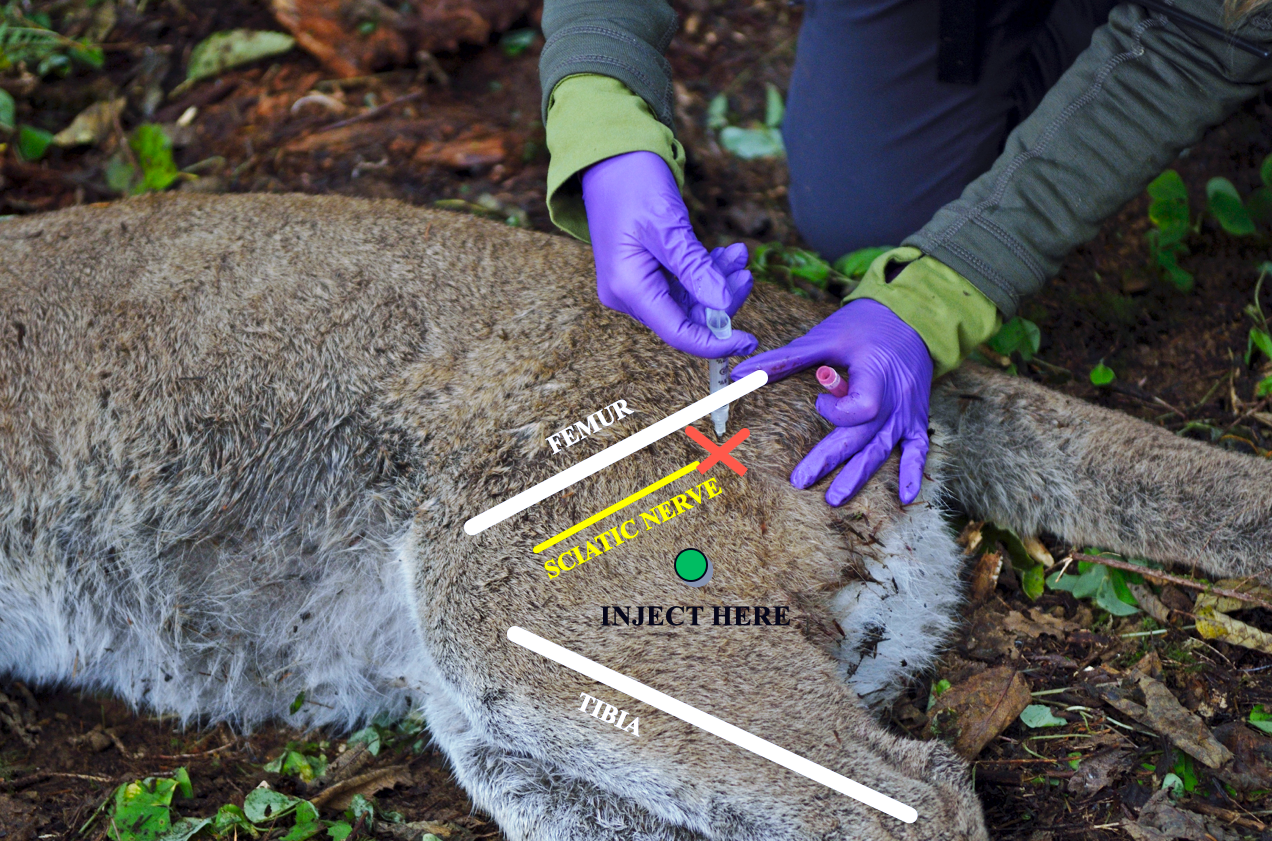Capturing and chemically immobilizing bears is stressful for the animal. Therefore, it is imperative that researchers and managers justify all capture events, thoroughly evaluating potential alternatives to a hands-on approach.(Bookhout 1, Jonkel 8, Kendall 9) In some cases, the information required to meet management and research objectives can only be obtained through capture and handling (i.e., deployment of radio/GPS collars for monitoring). However, if research questions and objectives can be answered using alternative, noninvasive methods, researchers should think about using these approaches first.(Cattet 6) The goal of this summary is to highlight new and developing non-invasive technologies and techniques which may offer broader applicability, better efficiency and effectiveness, and address multiple research questions simultaneously,(MacKay 13) while reducing the need to capture and handle bears in the field.
Capture and handling methods (i.e., deployment of radio/GPS collars) allow researchers to address questions surrounding the overall health of a population by drawing blood for complete blood count (CBC) generally reflecting the bears health and condition at the time of capture, disease analysis, tick borne diseases, cub survival, and causes of mortality. Collaring bears also offers the opportunity to answer spatially driven questions surrounding habitat preference and movements. Unfortunately, genetic sampling furnishes no details on age, reproductive status, body condition, daily movement patterns, or habitat use.10 Hair and scat sampling are two of the most common methods for obtaining DNA. Hair snare sampling is conducted employing a hair collection device, or a series of devices which include but are not limited to barbed wire, glue, adhesives, brushes, corrals, cubbies, using two approaches, baited or passive methods.(Boulanger 2, Boulanger 3, Kendall 10, Proctor 15, Proctor 16) These devices are positioned in a sampling framework, or study grid. For hair sampling to be successful, the devices deployed in the field must promote use by the animal. Population estimates have historically relied on observations and counting bears on the landscape.(Knight 11) The downside to this method is that bears may be counted more than once, or maybe not at all. Genetic sampling can provide an accurate and precise estimates of population size, however, this is usually years after the hair has been collected due to processing time required to extract DNA from hair samples. Even then, these population estimates are only considered a snapshot in time. Despite the non-invasive nature of genetic sampling, some species may avoid hair corrals and cubbies due to human odors. While genetic analysis via means of hair collection is generally expensive, it is extremely reliable.(Kendall 9) Hair DNA also experiences less degradation than scat, inherently producing more consistent results at a lower cost.(Kendall 10)

